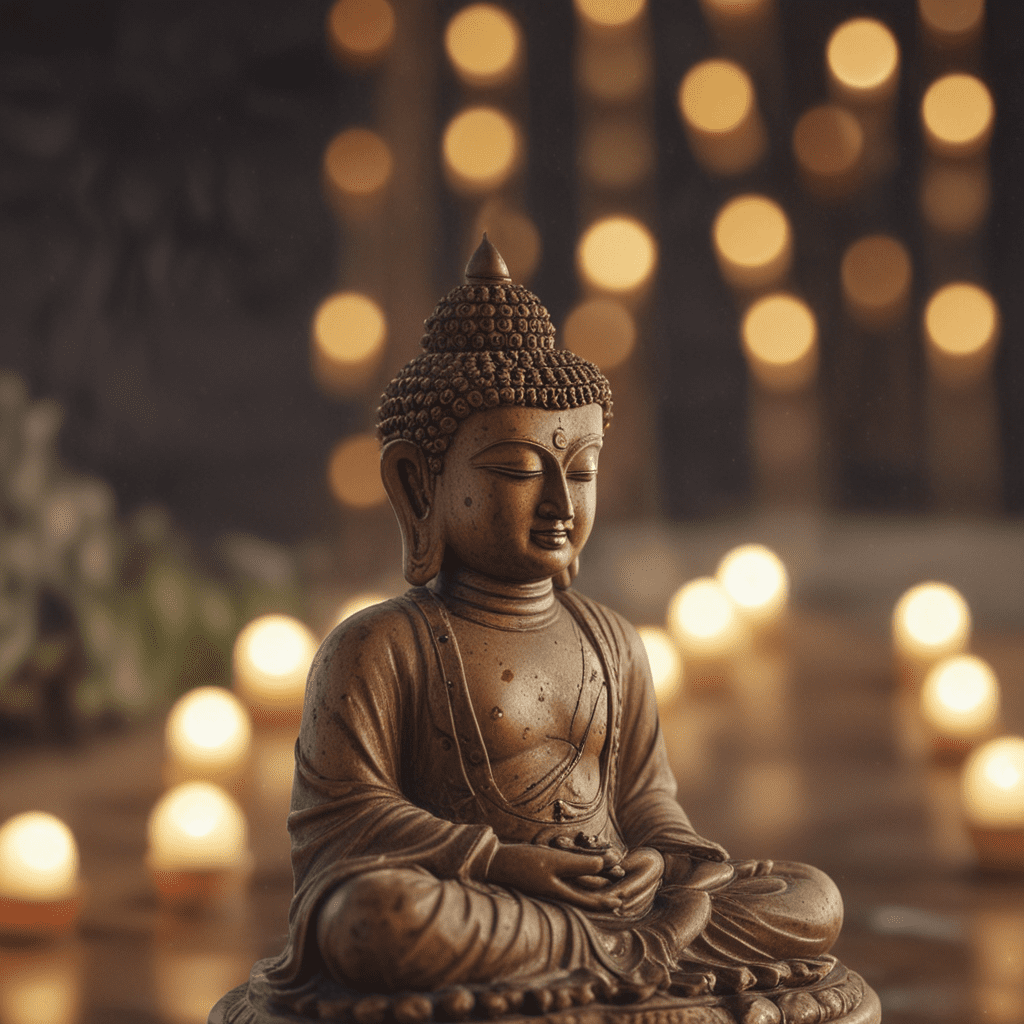
1. Introduction: The Historical Presence of Buddhism in Bangladesh
Bangladesh, a country with a rich cultural tapestry, has been influenced by Buddhism for centuries. Buddhism was introduced to the region during the Mauryan Empire's reign and further flourished under the Pala Empire.
2. The Spread of Buddhism During the Pala Empire
The Pala Empire, which ruled over much of eastern India and Bangladesh from the 8th to 12th centuries, played a pivotal role in the spread of Buddhism. The Pala kings were ardent patrons of Buddhism and established numerous monasteries and temples throughout their domain. This patronage led to the construction of grand Buddhist monuments and the rise of renowned Buddhist scholars and universities.
3. The Architectural Heritage: Monasteries and Temples
The architectural legacy of Buddhism in Bangladesh is a testament to the faith's lasting impact. Monasteries and temples built during the Pala period are scattered across the country. These structures feature intricate carvings, sculptures, and stupas, showcasing the artistic prowess of Buddhist artisans. Among the most notable monasteries is the Somapura Mahavihara, recognized as a UNESCO World Heritage Site.
4. Buddhist Art and Iconography: Sculptures, Stupas, and Paintings
Buddhist art flourished in Bangladesh during the Pala Empire. Sculptures depicting the Buddha, bodhisattvas, and other deities have been discovered at various sites. These sculptures exhibit a distinct style that influenced the development of other artistic traditions in Southeast Asia. Stupas, hemispherical structures that symbolize the Buddha's enlightenment, are also prominent landmarks. Additionally, Buddhist paintings and murals have been found in monasteries and temples.
5. Literary and Philosophical Contributions: Buddhist Texts and Manuscripts
Buddhism left a profound impact on Bengali literature and culture. The dissemination of Buddhist texts and manuscripts contributed to the enrichment of the Bengali language. Buddhist ideas and philosophies, such as the concept of karma and reincarnation, permeated Bengali literature and art. The writings of Buddhist authors and scholars played a crucial role in shaping the intellectual landscape of ancient and medieval Bengal.
6. The Influence on Bengali Literature and Culture
Buddhism significantly influenced the development of Bengali literature and culture. The teachings of the Buddha and the Buddhist worldview found expression in various literary forms, including poetry, drama, and narrative literature. The works of poets like Chandidas and Ramprasad Sen reflect the impact of Buddhist ideas on Bengali literature.
7. The Survival of Buddhist Practices in Modern Bangladesh
Despite the decline of Buddhism as a dominant religion in Bangladesh, many Buddhist practices and beliefs have survived to this day. Animistic beliefs and rituals associated with Buddhism continue to be observed in rural areas. The veneration of local deities often has roots in Buddhist practices, and many Buddhist festivals are still celebrated in Bangladesh.
8. The Buddhist Community and its Revival
In recent decades, there has been a revival of interest in Buddhism among Bangladeshis. The establishment of the Bangladesh Buddhist Association has played a vital role in fostering the growth of the Buddhist community. Buddhists from different denominations have come together to promote the teachings of the Buddha and preserve the country's Buddhist heritage.
9. Contemporary Buddhism in Bangladesh: Adaptations and Challenges
Contemporary Buddhism in Bangladesh is adapting to meet the needs of an evolving society. Buddhist organizations are incorporating modern approaches to education and social service. They are also engaging with interfaith dialogue and promoting peace and tolerance. However, contemporary Buddhism in Bangladesh faces challenges such as resource constraints and a lack of recognition from the government.
10. Conclusion: The Enduring Legacy of Buddhism in Bangladesh
Buddhism has profoundly influenced the cultural, artistic, and intellectual fabric of Bangladesh. From the majestic monasteries and sculptures to the enduring beliefs and practices, Buddhism's legacy continues to resonate in the present day. The revival of interest in Buddhism and the efforts of contemporary Buddhist communities ensure that Buddhism's teachings and values will continue to inspire and uplift the people of Bangladesh.
Frequently Asked Questions
Q: How did Buddhism arrive in Bangladesh?
A: Buddhism was introduced to Bangladesh during the reign of the Mauryan Empire.
Q: What is the significance of the Pala Empire to Buddhism in Bangladesh?
A: The Pala Empire was instrumental in spreading Buddhism across Bangladesh and establishing it as a major religious force.
Q: What are some notable examples of Buddhist architecture in Bangladesh?
A: Some notable examples of Buddhist architecture in Bangladesh include the Somapura Mahavihara and the Paharpur Buddhist Monastery.
Q: What is the current status of Buddhism in Bangladesh?
A: While Buddhism is no longer the dominant religion in Bangladesh, its teachings and practices continue to influence the culture and spirituality of the country.


